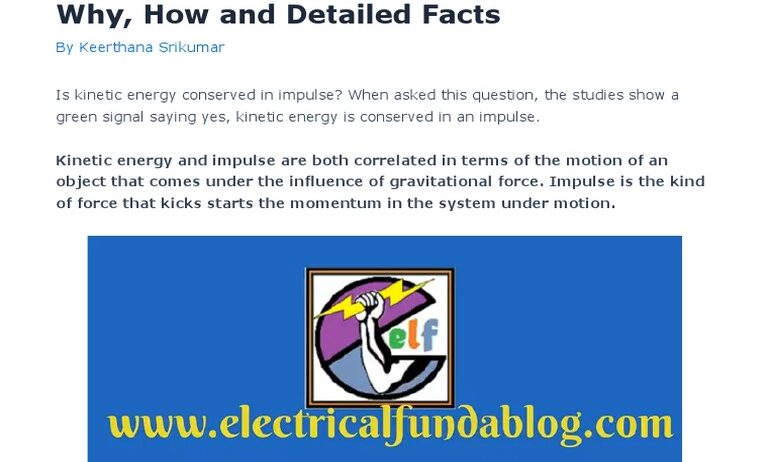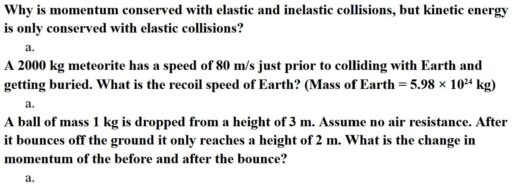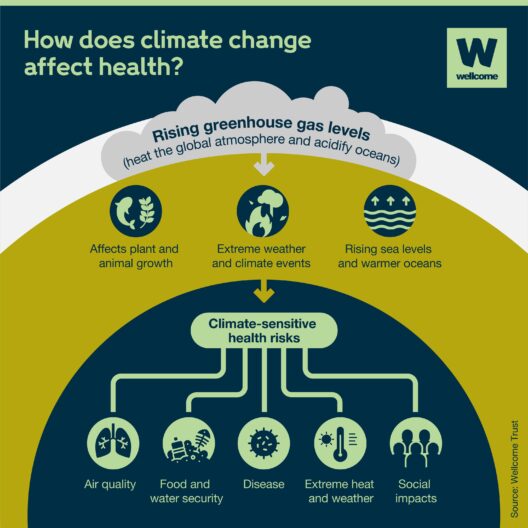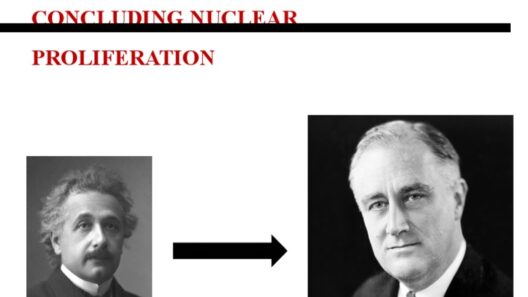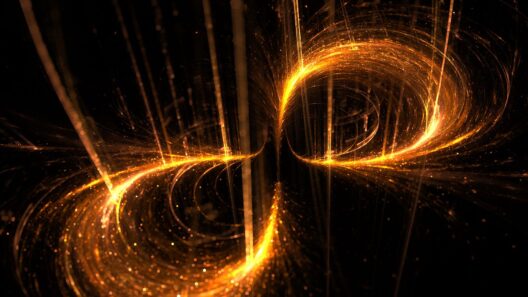In the realm of classical mechanics, the conservation of energy is a fundamental principle governing the interactions of physical systems. Among the various forms of energy, kinetic energy, which pertains to the motion of objects, is of particular interest in the analysis of recoil events. This phenomenon provides an exemplary case study into both the conservation of kinetic energy and the underlying mechanics involved. Examining whether kinetic energy is conserved during recoil events prompts intriguing discussions that fuse everyday observations with complex physical theories.
When a gun is discharged or when a firework propels itself skyward, the immediate observation is the movement of the projectile in one direction and a corresponding motion of the firearm or the launcher in the opposite direction. This illustrates a classic example of the conservation of momentum, yet raises the question: is kinetic energy also conserved in these events? To unravel this, we must delve into the intricacies of recoil mechanics.
Recoil events typically occur in systems where an object is propelled in one direction while another object—often fixed—experiences an equal and opposite movement, as dictated by Newton’s Third Law of Motion. This law states that for every action, there is an equal and opposite reaction. However, the conservation of momentum does not always translate directly to the conservation of kinetic energy, which is subject to specific conditions.
The mathematical expression for kinetic energy (KE) is given by the formula KE = ½mv², where m represents mass and v the velocity of the object. In an idealized recoil situation involving two objects (the projectile and the recoiling gun), one could initially assume that kinetic energy is simply distributed between them. Nevertheless, the reality is that during a recoil event—especially in inelastic collisions—some kinetic energy is transformed into other forms of energy, such as sound, heat, or deformation of materials.
To illustrate this point, consider a more detailed example involving a firearm and a bullet. When the gun fires, chemical energy stored in the gunpowder is converted into thermal energy, which expedites the bullet out of the barrel. The immediate reaction causes the gun to recoil. If we calculate the kinetic energy before and after the bullet is fired, we observe that while momentum is conserved, the kinetic energy is not. This discrepancy arises primarily due to energy losses in the form of thermal energy and sound. A significant amount of energy goes into producing the loud noise we associate with gunfire, which further dissipates energy into the surrounding environment.
An even more intriguing aspect of recoil events is the role of friction and air resistance, particularly in firearms that operate under varying atmospheric conditions. These forces introduce additional complexities that further diminish the total amount of kinetic energy available in the system. Depending on the design of the firearm or the efficiency of the propellant, the process can significantly alter the kinetic energies of both the bullet and the gun.
The fascination surrounding recoil events extends beyond mere physics; it taps into broader themes such as energy conservation and the efficiency of systems. The advantage of energy conservation is indispensable in not only physical laws but also environmental considerations. The principles utilized in weapons technology can, at times, parallel those in green technology and energy efficiency. Examining how energy is conserved, transferred, and sometimes lost leads to a greater understanding of both natural phenomena and human-made systems.
Furthermore, recoil events present a poignant reminder of fundamentally important conservation principles. The intricate dance of energy within these systems highlights the necessity for responsible usage of energy resources. This perspective becomes significantly relevant in discussions about sustainable development and technological advancements directed towards higher efficiency. For instance, innovative propulsion mechanisms aim to maximize energy transfer while minimizing losses, a principle that could benefit other sectors as well.
Addressing recoil from a broader viewpoint involves dissecting energy transfers in various applications, from propulsion technologies to renewable energy systems. The complex interrelations found in these scenarios echo far into the realm of environmental sustainability; understanding how energy behaves during recoil is directly applicable to creating more efficient systems elsewhere. Just as kinetic energy is lost in recoil events, the efficient harnessing of energy in our technological advancements may play a pivotal role in mitigating issues surrounding climate change and resource depletion.
In summation, kinetic energy is not conserved in recoil events in the way that momentum is conserved. The transformation of energy during recoil into other forms, such as sound and heat, challenges the assumption of energy conservation in classical mechanics. However, studying these phenomena provides valuable insights into the fabric of physical laws while illuminating pathways to more sustainable practices. By appreciating the underlying principles in recoil events, we unlock not merely the mechanics of motion but also implicit lessons about the stewardship of energy and resources. Hence, the fascination with recoil events transcends their immediate physical implications and prompts deeper reflections about how we understand and utilize energy in a world increasingly defined by its ecological challenges.



